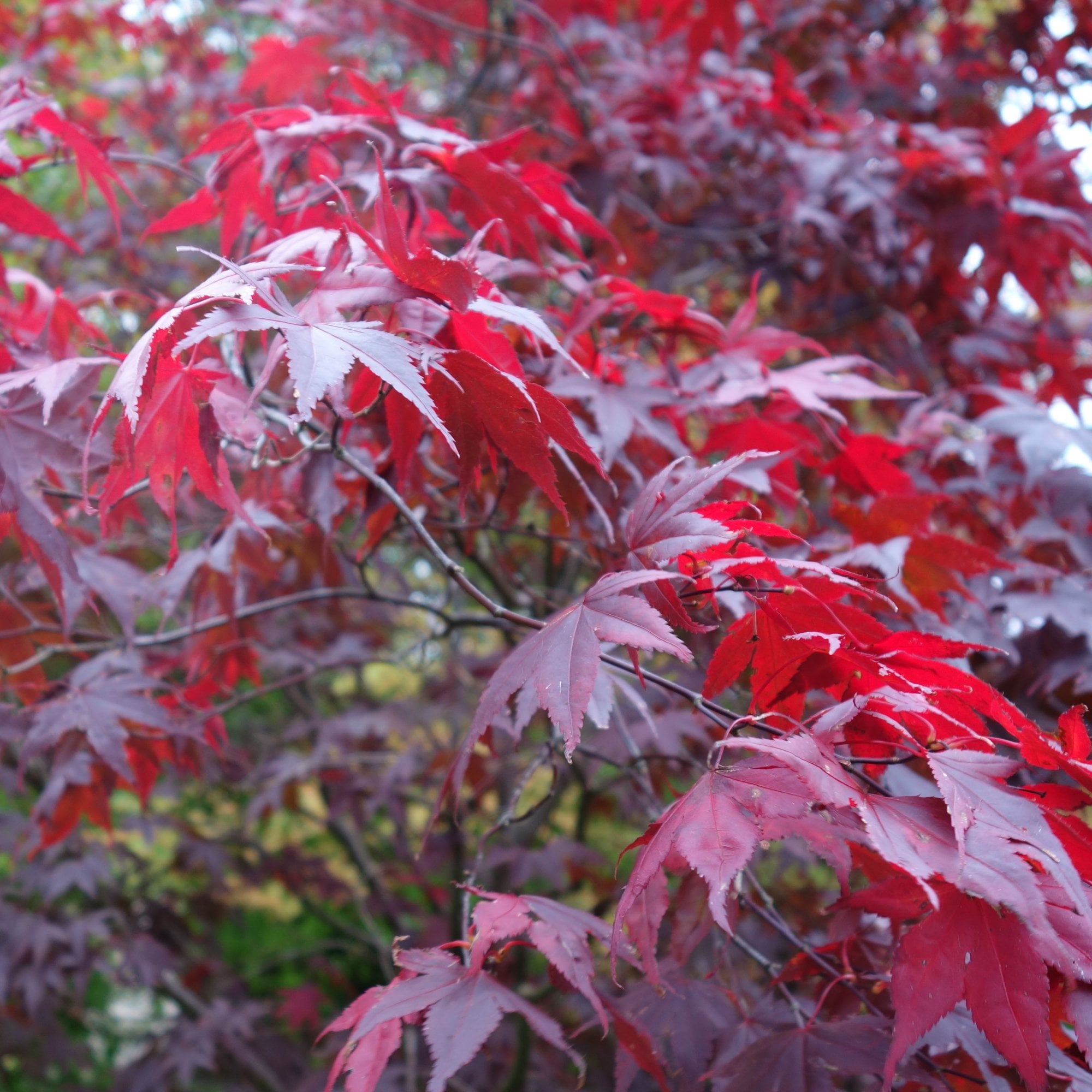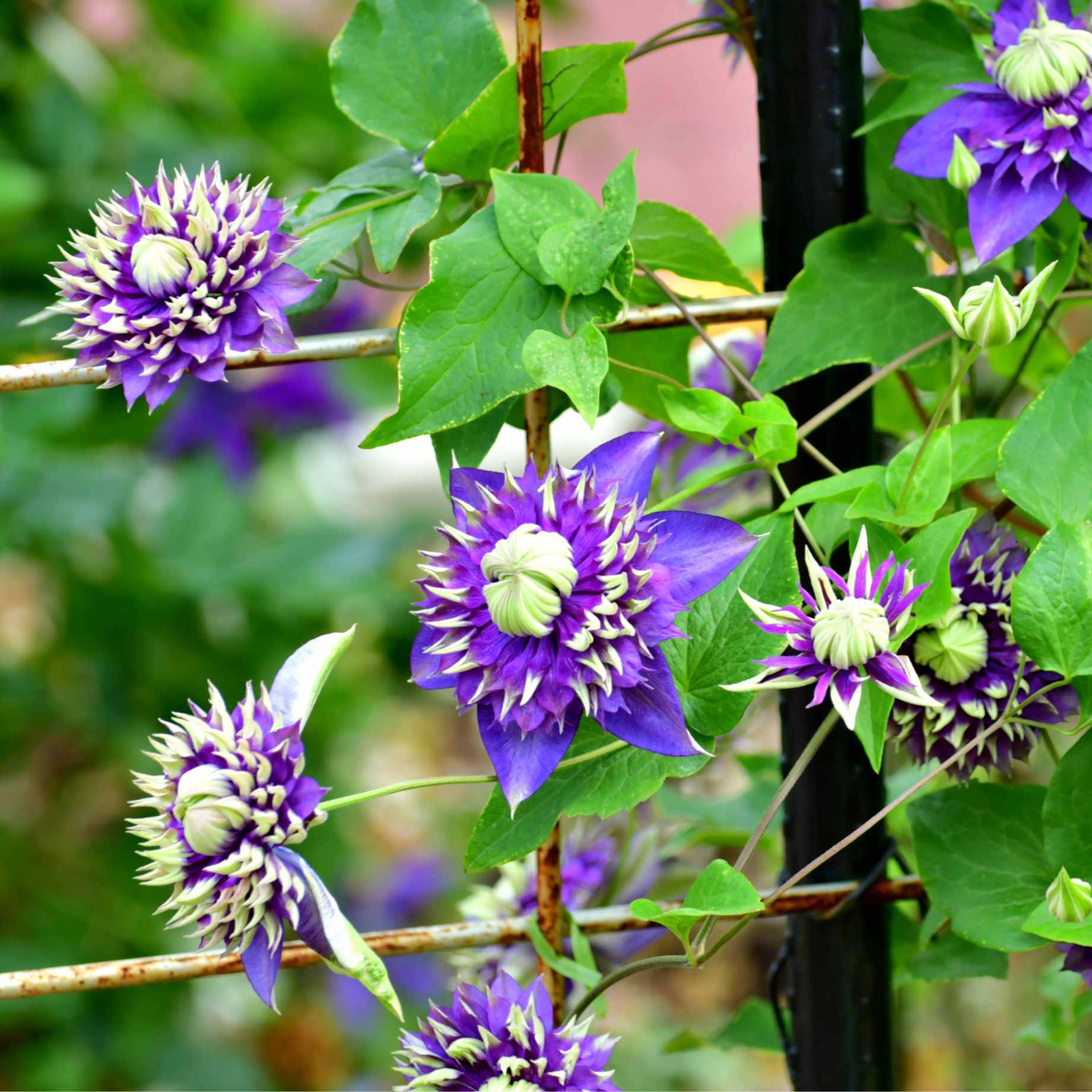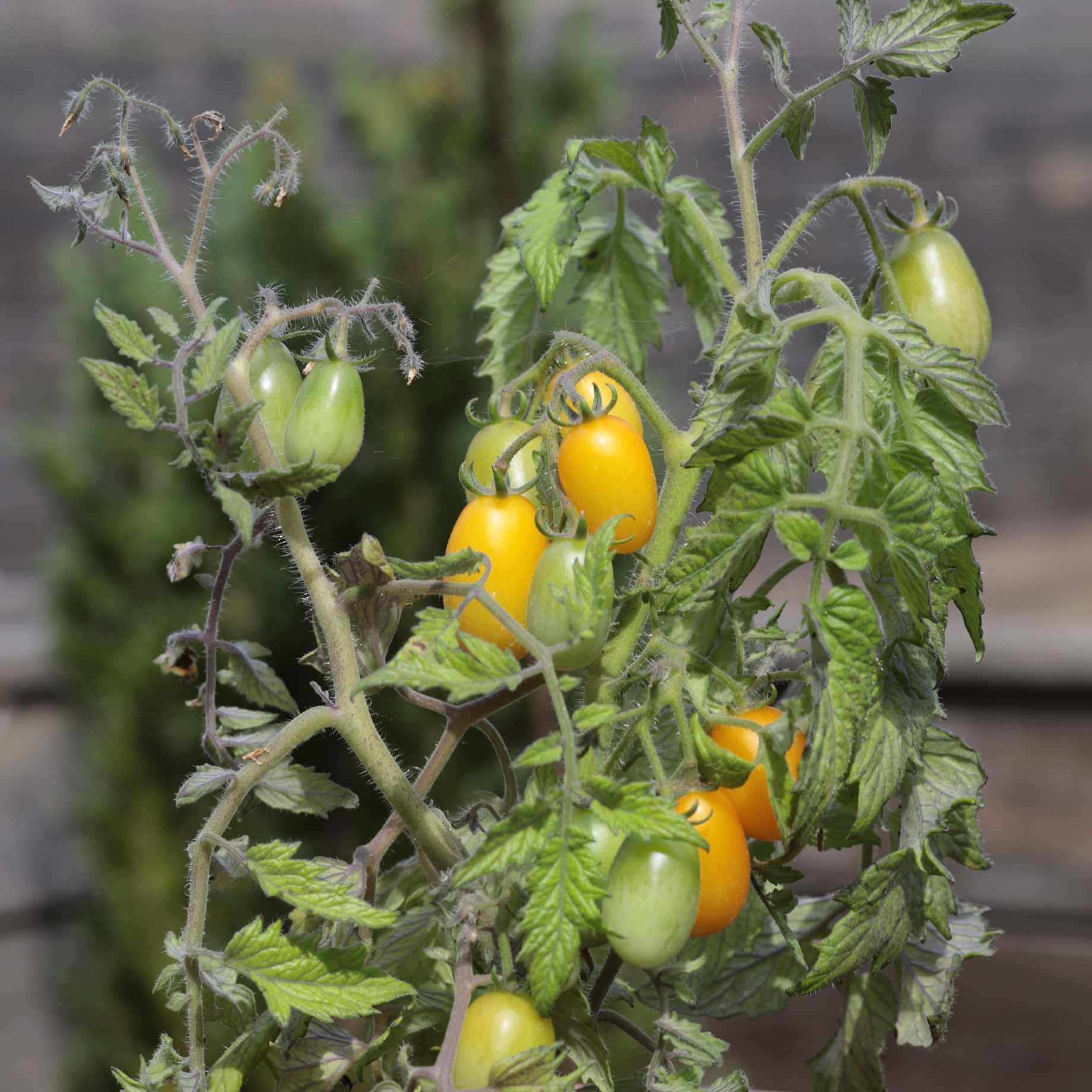Key features
Final size4 x 4 metres in 20 years
FoliageLobed purple and red leaves (deciduous)
PositionFull sun to part shade
SoilPrefers moist yet well-draining soil
Description
Acer palmatum ‘Atropurpureum’ is a lovely Japanese Maple that has elegant deeply lobed, purple foliage throughout the spring and summer. In the autumn, the foliage turns vivid crimson red, creating a wonderful seasonal canvas. Unusually, ‘Atropurpureum’ will show differences in leaf size and shape from plant to plant.
Providing vibrant colour for most of the year, Acer palmatum ‘Atropurpureum’ is a fantastic choice and does best when planted in a sheltered position avoiding heavy, waterlogged soils. An approximate height and spread of 4 x 4 metres in 20 years can be expected from this bushy Japanese Maple.
AKA Purple Japanese Maple tree, Atropurpureum Japanese Maple
Planting Steps
1Preparation
- Pot-grown plants can be planted at any time of year, whereas bare roots need to be planted between November and March.
- Clear weeds and grass within a metre of the planting hole.
- Dig a hole as deep as the root mass and twice as wide.
- To help your plant establish more effectively, sprinkle Rootgrow in the hole.
2Planting
- Gently loosen the roots and place into the planting hole.
- Ensure the top of the plant’s compost is flush with the level of the surrounding soil and the graft union or collar of the tree is above ground level.
- Mix 50% of the original soil with 50% compost.
- Fill in the hole, firming the soil gently.
3Last Steps
- Water generously around the base of the plant.
- If you are planting either a single stem tree or mature standard tree, we recommend adding a staking kit and rabbit guard.
Aftercare Advice
Japanese Maples require a good watering regime for a couple of years whilst they establish. Water well and regularly through spring and summer, increasing in hot or dry weather. If planting in autumn, you may only need to water a little. If possible, use rain water instead of tap water as this is more acidic and better for foliage colour. It is advisable to keep the area free of competing weeds and grass during this period.
Their natural shape is normally the most attractive, so Japanese Maples rarely need pruning. Any pruning should be carried out with a less is more approach, only removing crossing, damaged or diseased branches. Pruning should be carried out in the dormant season (November to March) as Japanese Maples bleed during other times of the year, which can weaken the branches.
For more detailed advice and video guides, please visit our Help & Advice section.







